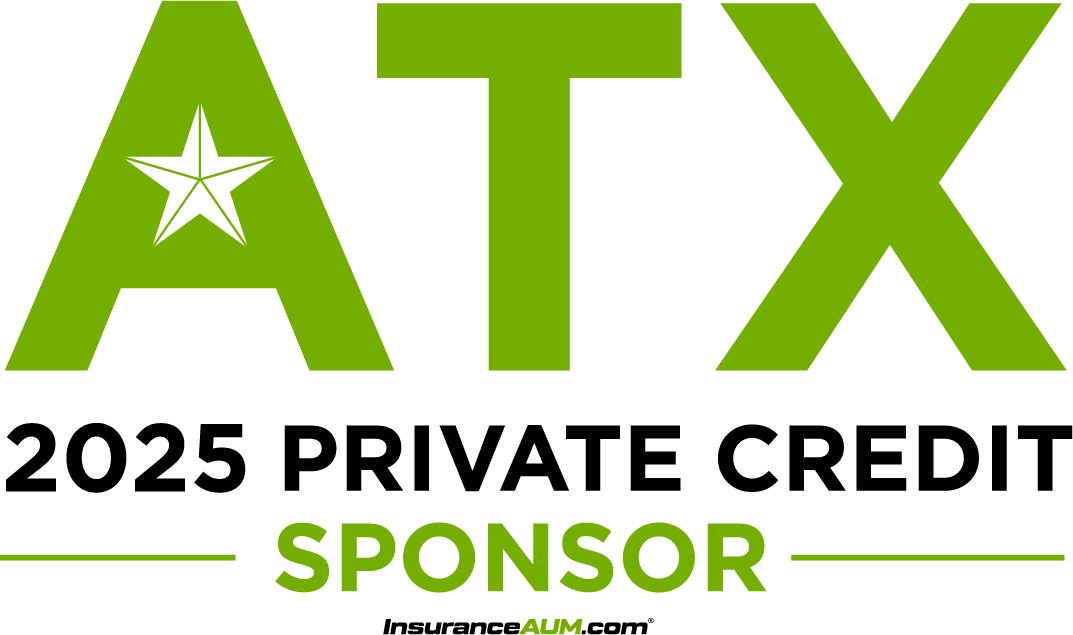Goldman Sachs Asset Management
Goldman Sachs Asset Management is the primary investing area within Goldman Sachs (NYSE: GS), delivering investment and advisory services across public and private markets for the world’s leading institutions, financial advisors and individuals. The business is driven by a focus on partnership and shared success with its clients, seeking to deliver long-term investment performance drawing on its global network and deep expertise across industries and markets. Goldman Sachs oversees more than $3.1 trillion in assets under supervision as of December 31, 2024.
Chris Hecht
Head of Americas Insurance, Goldman Sachs Asset Management
Chris.Hecht@gs.com
200 West Street
New York, NY 10282






